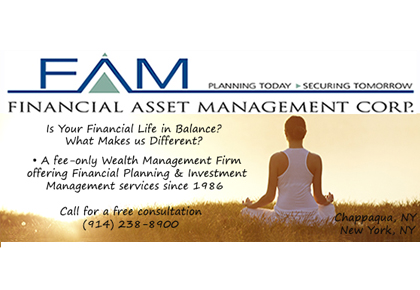Dr. Nan Miller on Teen Misuse of Prescription Drugs
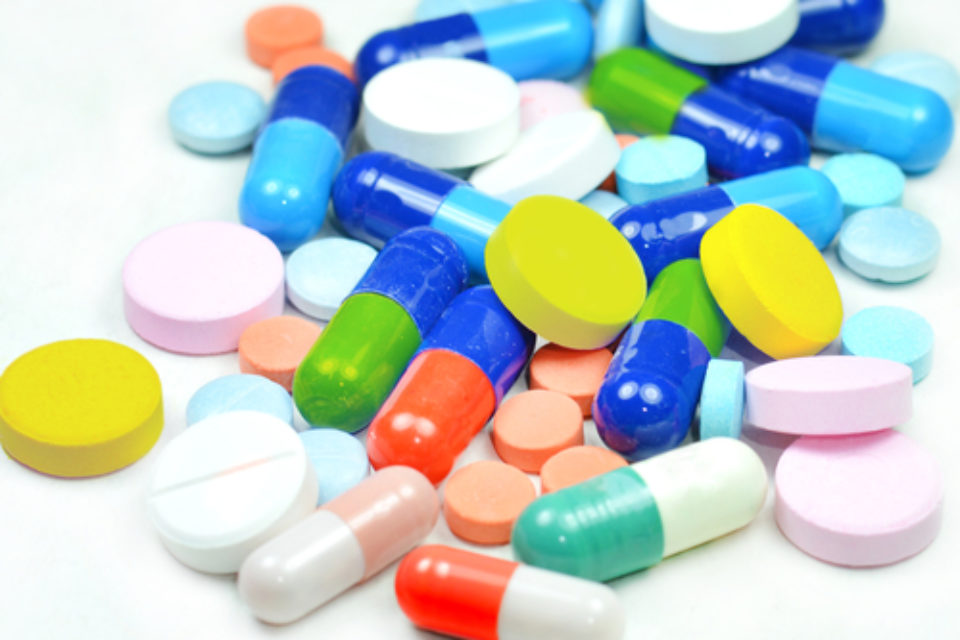
Dr. Nan Miller on Teen Prescription Drug Misuse: The Centers for Disease Control and Prevention (CDC) has classified prescription drug abuse as an epidemic. We sat down with Dr. Nan Miller to find out what a parent should know about teen misuse of prescription and over the counter medicines. Dr. Miller is an Armonk resident with a psychotherapy and social work practice in Mt. Kisco. She is also the coordinator of Mt. Kisco Partners in Prevention, a community alliance operating under a grant from the federal Drug Free Community Program.
What is prescription drug abuse and how big is this problem?
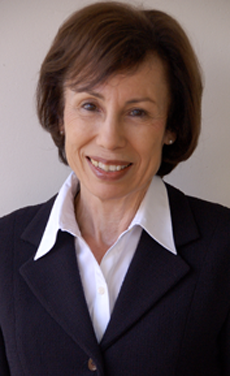
Dr. Nan Miller, Mt. Kisco Partners in Prevention
Prescription misuse occurs when a person takes a medication that is not prescribed for him/her, or takes it for reasons or in dosages other than prescribed. Continued misuse leads to abuse and dependence. In the case of painkillers, it can lead to addiction and heroin use.
And the problem is big. Nationally, one in five teens has taken a prescription drug without a doctor’s prescription one or more times in their life. The nonmedical use of prescription medications has now surpassed all illicit drug use except marijuana in this country. And the percentage of New York State high school students who reported using heroin more than doubled between 2007 and 2012 (1.8% to 4%).
Statistically speaking, there are prescription drug abusers and heroin users in your teen’s high school class. We need to keep focused on the tangible link between the abuse of prescription painkillers and heroin addiction.
How and when does it start?
The National Institute on Drug Abuse reports that most teenagers who abuse prescription drugs get them for free from a friend or relative. The friend or relative is not necessarily aware of the access.
Children as young as 12 are misusing prescription drugs. When you are just 12 or 13, going into the medicine cabinet at home is easier than trying to buy alcohol with a fake ID or locate someone who sells illicit drugs on the street. Another common “gateway” for young people is the legitimate use of a painkiller prescription for a sports injury or medical need that coincidentally fills an emotional void. And then gets out of control.
Why are teens misusing prescription drugs? To get high? Suppress appetite? Improve performance in school or sports?
Teenagers report using drugs to get high, relieve stress, or simply self-medicate. According to Mike Nerney, a researcher and educator who specializes in adolescent brain development, 40 percent of teens say they use drugs to medicate for emotions they cannot manage.
There are a number of factors that can prompt experimentation and use of prescription drugs for nonmedical reasons: Acceptance by one’s peer group, and sheer curiosity frequently drive the decision to experiment, in a misguided attempt to “fit in.” What those teens need to understand is that most of their peers are not using, even though it might seem otherwise to them.
Easy access is another big reason drugs get used. In a household where pills are easy to obtain and not monitored, they are more likely to be used inappropriately. Similarly, in a household where parents and older siblings misuse drugs, young people are more likely to wind up doing the same. Modeling the right behavior is a key ingredient in preventing your teen from abusing prescription drugs.
What drugs are most commonly misused and what are the risks?
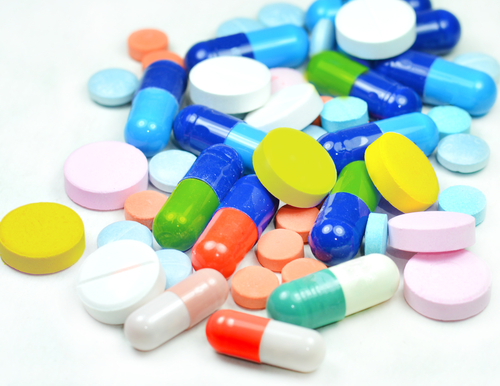 The most commonly abused types of drugs are opioids that your doctor prescribes for pain (Vicodin, Oxycontin, Demerol, and Codeine are among the more common); depressants that you take for anxiety and sleep disorders (Nembutal, Valium, Xanax, and Klonopin are some of the popular trade names); and stimulants that are prescribed for ADHD (like Dexedrine, Ritalin, Concerta, and Adderall).
The most commonly abused types of drugs are opioids that your doctor prescribes for pain (Vicodin, Oxycontin, Demerol, and Codeine are among the more common); depressants that you take for anxiety and sleep disorders (Nembutal, Valium, Xanax, and Klonopin are some of the popular trade names); and stimulants that are prescribed for ADHD (like Dexedrine, Ritalin, Concerta, and Adderall).
This last group of drugs is especially popular at exam times, when teens feel they need a boost to their concentration. But they don’t realize how dangerous it can be taking a drug that isn’t prescribed for you. If you have a medical condition, and/or if you mix any of these drugs with other drugs, or alcohol, you may be creating a dangerous cocktail without knowing it. The effect of mixing drugs is greater than the effect one would expect if taking the drugs separately—and it’s not addition, it’s multiplication of effects.
The risks of misusing painkillers have an added dimension. Regular use of opioids leads to greater tolerance over time—you keep needing more and more to produce the same “high.” When you reach the point where you can no longer get, or can no longer afford, the legal prescription, you switch to heroin. It is cheaper and there is plenty of supply in this part of the state.
What about over the counter (OTC) medications?
There is a lot on the store shelves that teens know how to misuse to get high. Nonprescription cough syrups, pills, and gel capsules containing DXM—particularly “extra strength” forms—are frequently abused by young people.
Dextromethorphan (DXM) can produce euphoria and dissociative effects or even hallucinations when taken in quantities greater than the recommended therapeutic dose. But these products may also contain other drugs, such as expectorants, antihistamines, and acetaminophen. They are all dangerous at high doses and compound the dangers of abuse.
What are the signs that your child may be misusing prescription drugs?
The biggest indicator that your child may be misusing any substance—prescription drugs, illicit drugs, or alcohol—is a change in behavior. Abusers tend to isolate themselves, retreating to a secretive and aloof sphere. Noticeable shifts in attitudes, friendships, academic performance, hygiene habits, interest in usual pastimes, moods, degree of honesty, alertness, openness and accessibility are all potential indicators of a substance problem.
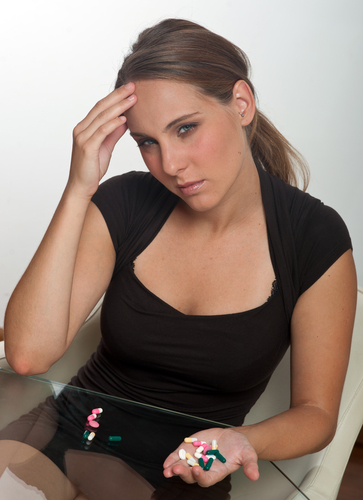 In addition, there may be circumstantial evidence. Medications or money missing from your home. There may be physical signs of a problem. Such as a loss or increase of appetite or an unexplained weight loss or gain. Be aware that small pupils, decreased respiratory rate and a nonresponsive state are all signs of opioid intoxication. Nausea, vomiting, sweating, shaky hands, feet or head, and large pupils are all signs of opioid withdrawal.
In addition, there may be circumstantial evidence. Medications or money missing from your home. There may be physical signs of a problem. Such as a loss or increase of appetite or an unexplained weight loss or gain. Be aware that small pupils, decreased respiratory rate and a nonresponsive state are all signs of opioid intoxication. Nausea, vomiting, sweating, shaky hands, feet or head, and large pupils are all signs of opioid withdrawal.
Is there a risk profile for the types of teens who are susceptible to prescription drug misuse?
An adolescent female who is high-achieving, comes from a financially stable environment, and perhaps had a sports injury that indicated the use of opioid painkillers at some point in her recent past—this is the official profile of the “high-risk teen.” But let’s keep it in perspective. In this day and age, in this area, all our teens are at risk.
We are a society grown up with the benefits of modern drugs—no polio, no influenza or measles epidemics. Have a headache? Here’s a pill. The pharmaceutical industry is embedded in our daily existence. So these drugs we are talking about here are readily prescribed, easy to get, and therefore it’s easy to develop an abuse relationship with them.
What can a parent do to monitor and prevent misuse?
Actually there are a number of steps a parent can take to prevent the misuse of prescription drugs in their home. The three-step action plan is paramount: Monitor, secure, dispose. Monitor your medicine use by keeping an inventory of each prescription, the date filled, the expiration date, and the original quantity. Count the pills remaining and mark the date once each week. To download a useful tracking tool for your meds, visit www.combatheroin.ny.gov.
Secure your medicines in a place where your children cannot access them. There are locked cabinets designed specifically for medicine storage that are available online, if you feel you want to make that investment.
Regularly dispose of your expired, unwanted medicines, either at a community drop box or at advertised National Prescription Take-Back Days. Since the laws about medicine returns are changing right now, watch for announcements in the coming months that your own pharmacy will begin taking back medicines on an ongoing basis.
In the meantime, if there isn’t a drop box near you, you can mix meds with used cat litter, coffee grounds, or sawdust before throwing them in the garbage. Do not flush them down the toilet.
When a prescription is being written for your child, talk to your medical provider about nonaddictive alternatives to opioids and/or limiting the number of pills being prescribed. If the expectation is that your child will only need to medicate for a day or two, don’t go home with 30 Oxycontin.
Finally, you can become more educated on the issue of prescription abuse. Communicate to your children the dangers of abuse and your no-use expectations. And pass on your new-found knowledge to friends, neighbors, and relatives. And, of course, using your own prescriptions properly sets the right example for everyone in your house. Never share your prescriptions, and only take them as prescribed and for the purpose prescribed. Never use anyone else’s pills.
What should parents do if they suspect or know that their child is misusing prescription drugs?
First, set aside judgment—of yourself and your child. Blame, shock, and disappointment will not help you or your teen get to a better place. Neither will anger or fear. These feelings are understandable, but also need to be recognized as obstacles to effecting the necessary changes.
Next, confront the issue. Focus on the “what,” not the “why,” and as soon as you are confident you can be there for your son or daughter with total calm, start the conversation, having already accepted that he or she may be using. Make your no-use expectations clear and firm, and carry through with consequences.
Most importantly, get your son or daughter the professional help they need. Do not buy in to any promises to stop using without intervention. Something brought your child to this point. That must be addressed if there is to be a return to wellness. There are many confidential resources available in our area that can help your child and your family. To find a list of them, click here.
See our interview with Dr. Miller on Teen Alcohol Abuse.
















